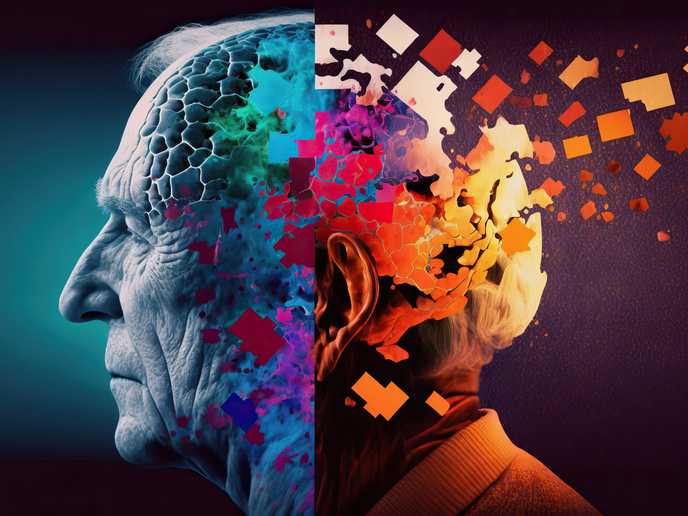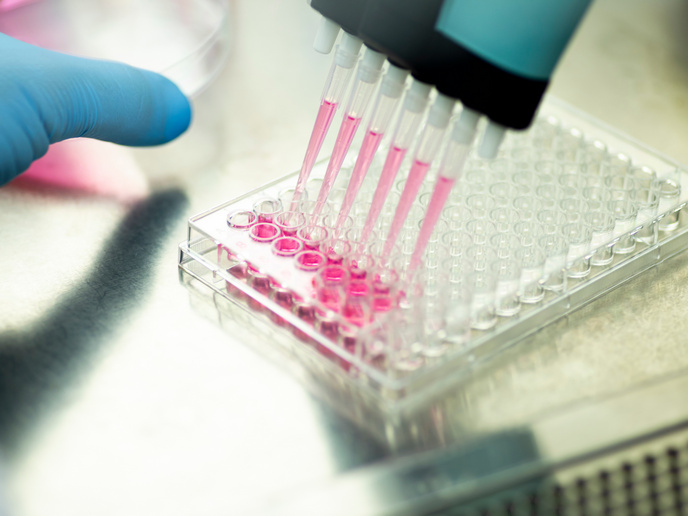Molecules and empathy
Empathy facilitates the sharing of needs and experiences between individuals. The ability to empathise is antagonised by disorders such as Asperger's, anxiety and autism. As this social facilitation mechanism can be moderated by pharmaceuticals such as ecstasy, it is likely that empathy has a neurochemical basis. Recent studies have shown that empathy is connected with activity in several regions of the cerebral cortex, but there is little understanding of the molecules and signalling pathways involved. The 'Molecular mechanism of empathy' (MOLEMPATHY) project has studied the signal transduction pathways in a mouse model to avoid the intrinsic difficulties when using humans. MOLEMPATHY researchers showed that even a single low dose of N-Methyl-3,4-methylenedioxyamphetamine (MDMA), or ecstasy, induced two types of behaviour in the rodents. The mice either experienced increased sociability without greater activity or they ran around more but without being more sociable. Using isobaric tags for relative and absolute quantitation technology to identify the proteins involved, the scientists found 21 proteins correlated to sociability. Moreover, they could distinguish between the locomotive and entactogenic (empathic) effects of MDMA at the proteome level. Pathways found to be involved are sugar metabolism as well as dopaminergic signalling that plays a role in many neurological processes, including motivation, cognition and fine motor control. Importantly, another pathway with a part to play is gamma-aminobutyric acid signalling, important in sociability. Others include protein turnover and G protein-coupled receptor signalling important in signal transduction pathways. Differentially expressed proteins from three areas in the brain — cerebral cortex, hippocampus and amygdala — indicate there are several region-specific neuronal mechanisms for prosocial behaviour. The researchers identified the functional association network for these proteins. Translated into new pharma and genetic therapies for patients suffering from social fear and low sociability, the data could be particularly relevant for long-term treatment. More targeted therapy could mean the end of unwanted side-effects from currently used drugs.







